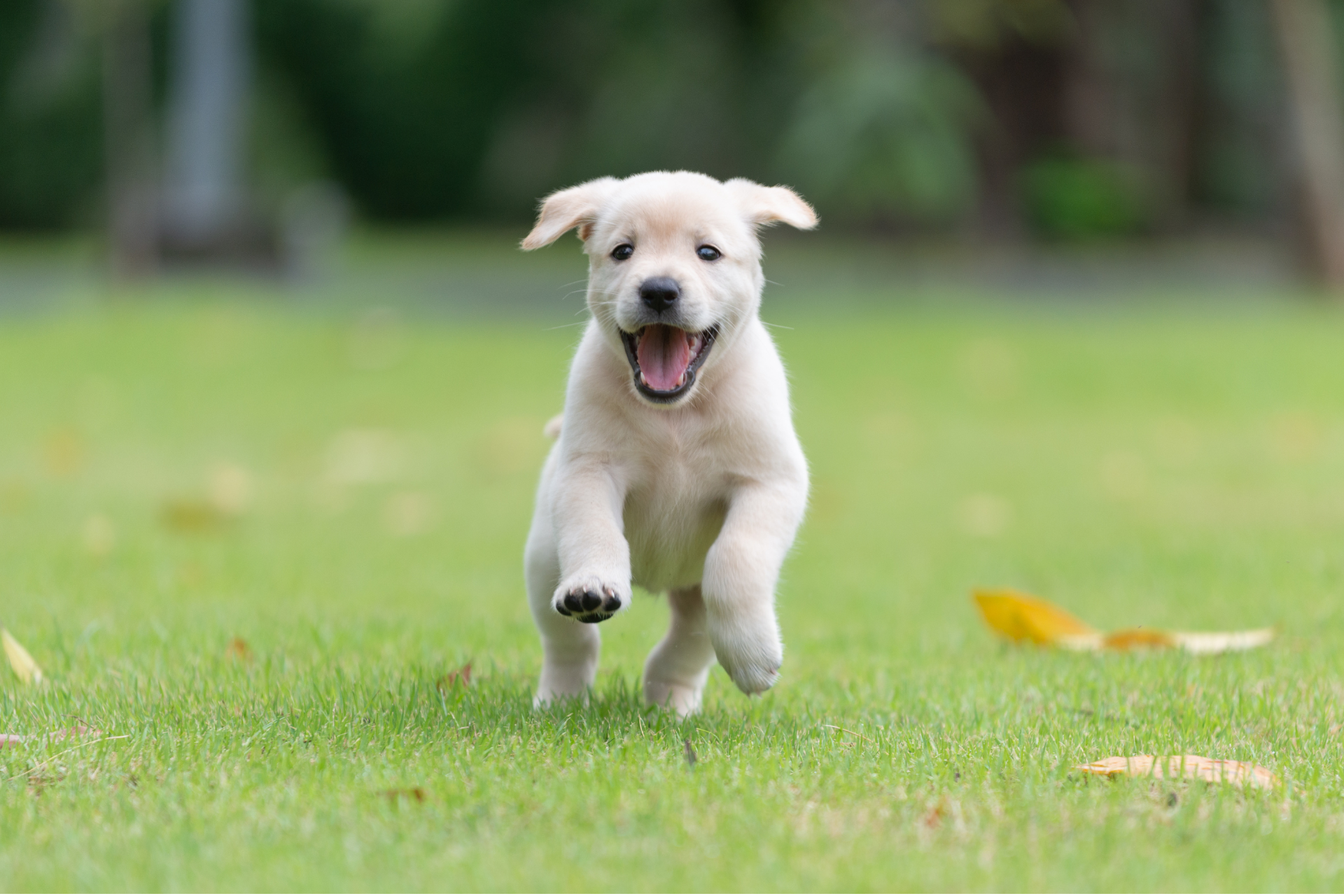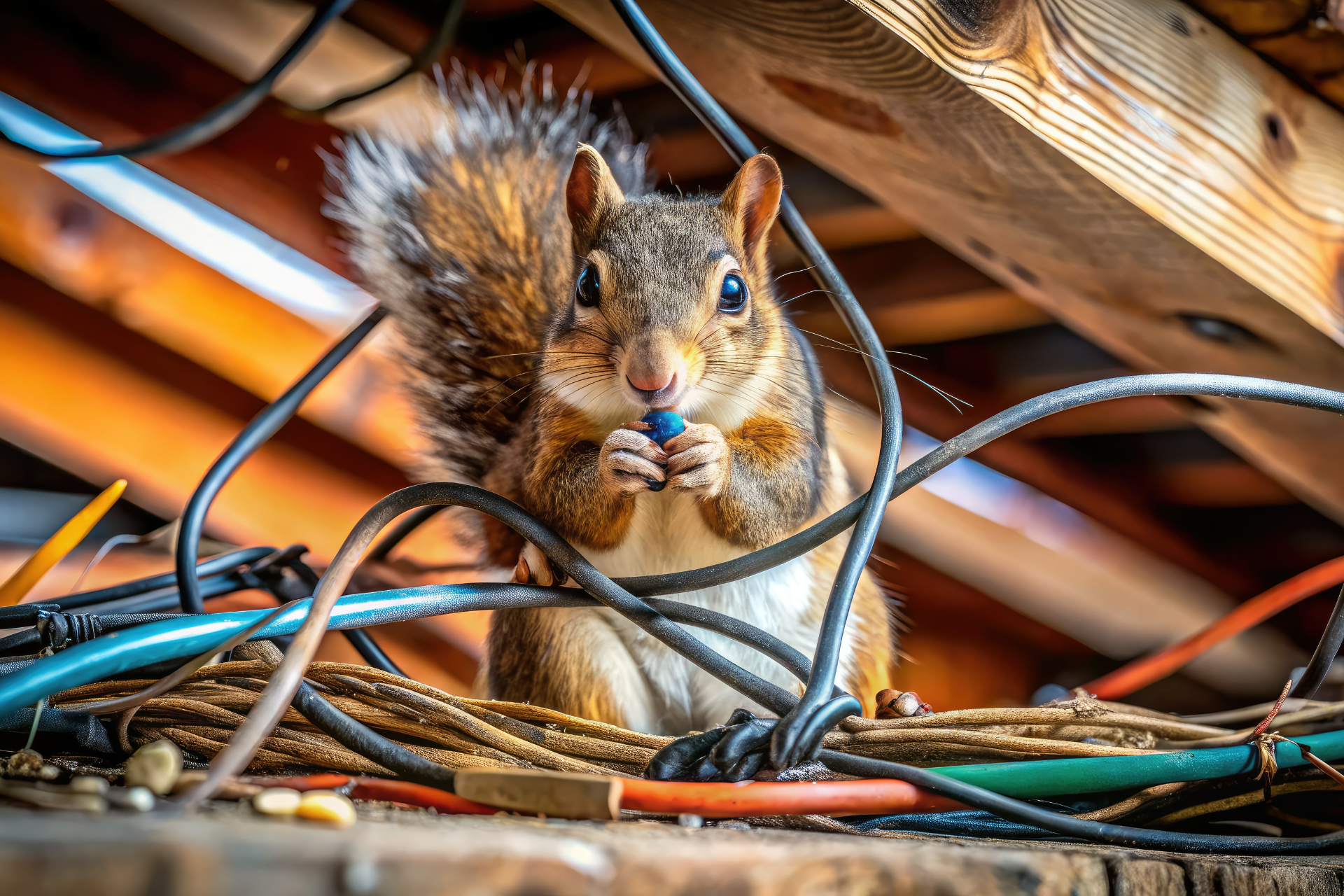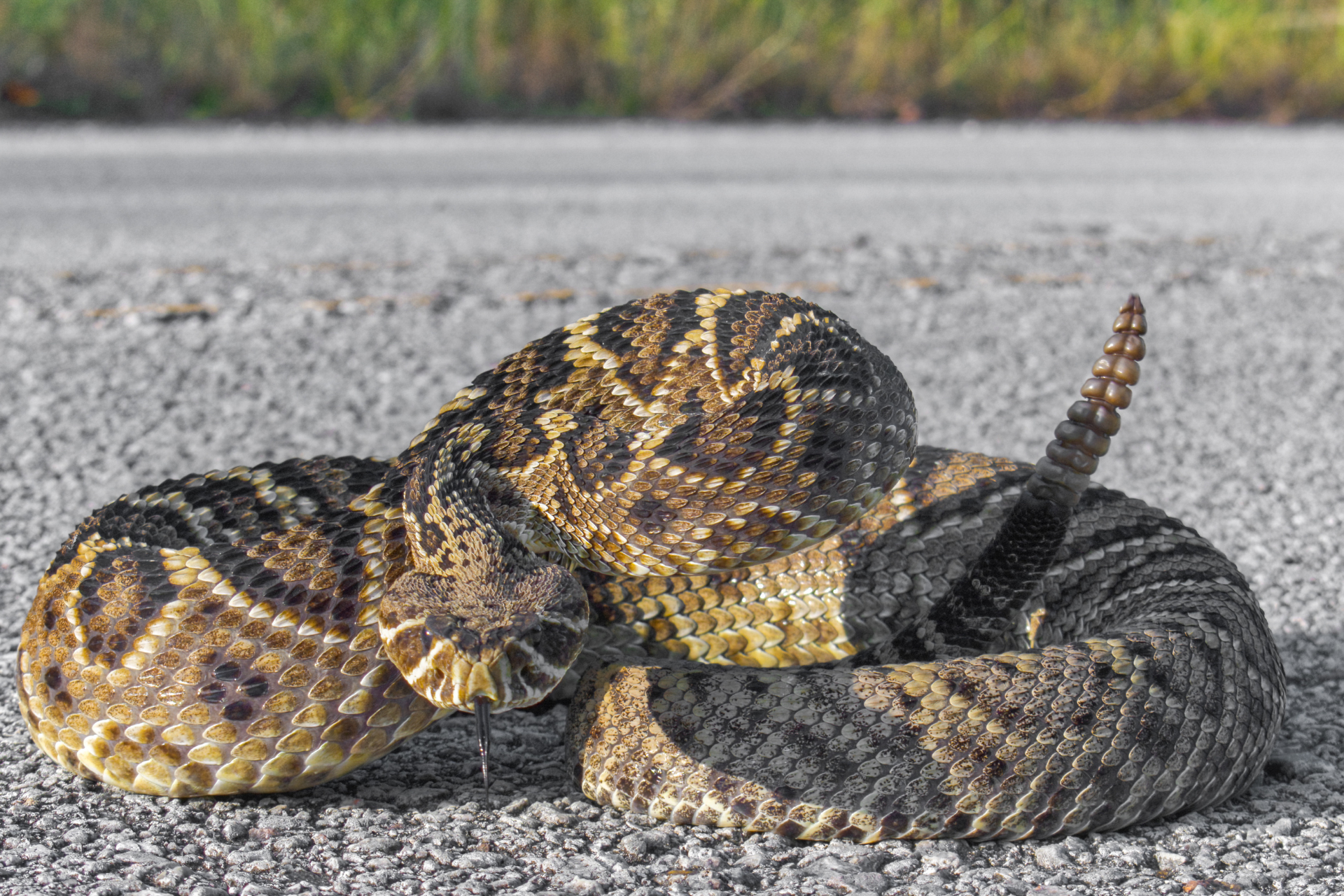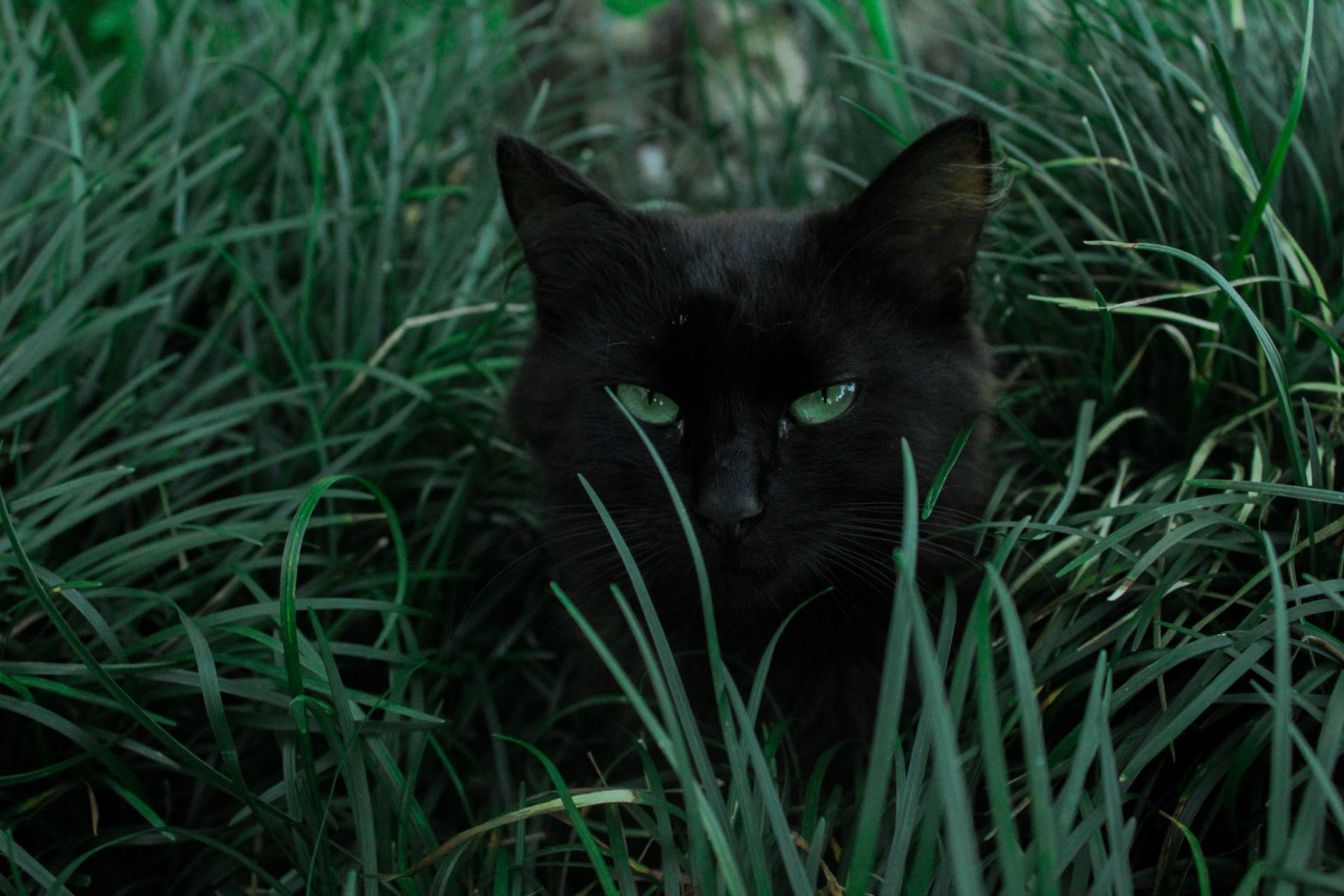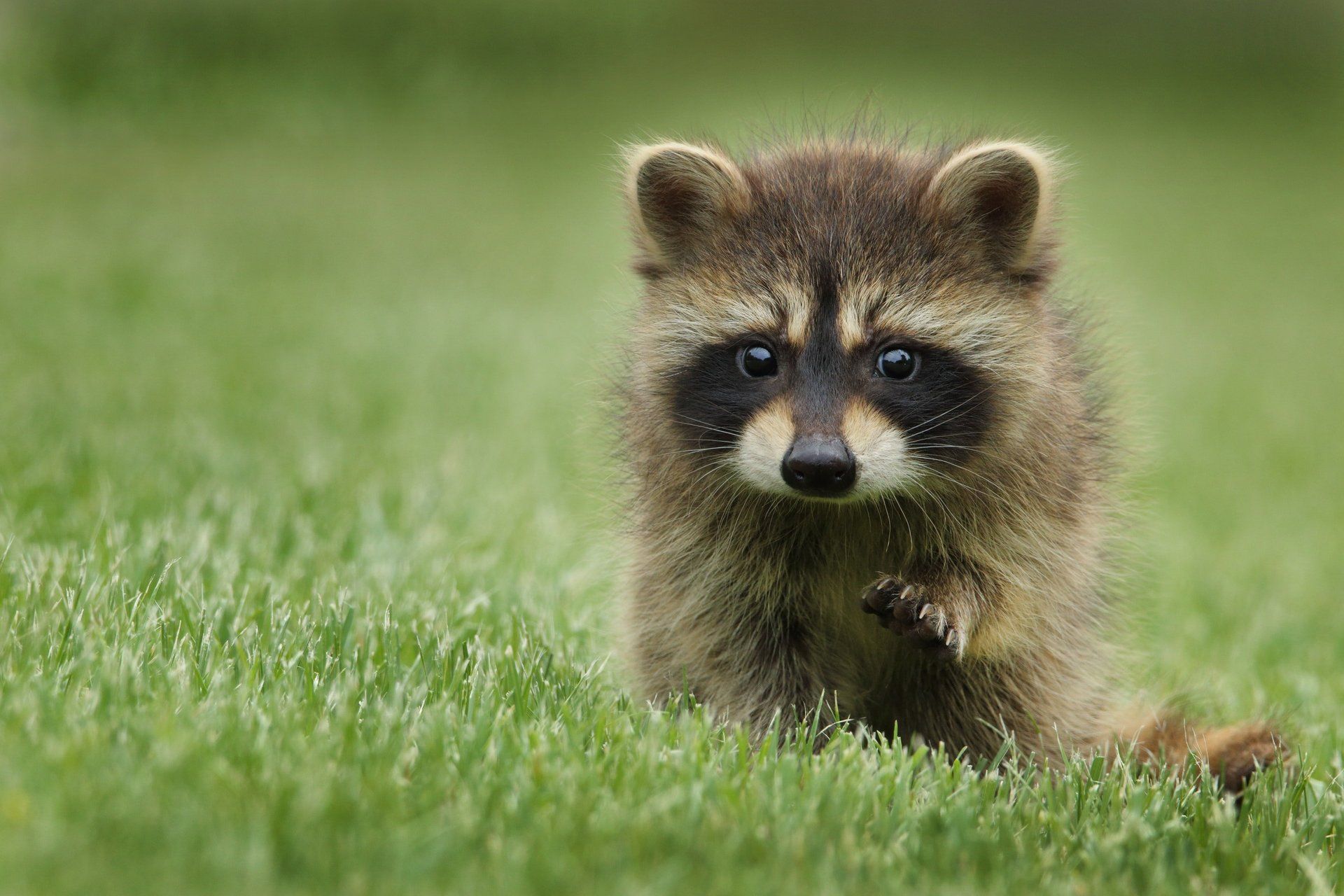Wildlife’s Effect On Indoor Air Quality
Clearn Air Impacts Of Wildlife Intrusions
When people think about wildlife getting into their homes, they usually picture gnawed wires, damaged insulation, or a raccoon making a mess in the attic. But what’s harder to notice—and arguably just as serious—is how those same intrusions can quietly affect the air people breathe. The reality is that animals leave behind more than physical damage. As they nest, roam, and relieve themselves inside a structure, they contaminate the environment in ways that can spread far beyond the space they occupy.
Indoor air quality isn’t just about smoke detectors, HVAC filters, or seasonal dust buildup. It’s also influenced by organic matter, airborne particles, moisture, and biological waste—things that nuisance wildlife introduces into a home once they’ve moved in. And since the air inside a house circulates constantly, what starts in a crawlspace, attic, or wall void can eventually work its way into living spaces through ducts and vents.
Understanding the connection between wildlife activity and indoor air is a step toward protecting not just the property, but the people inside it. It’s not always visible or obvious at first, but once contamination begins, it often spreads in ways that linger long after the animal is gone.
Contamination That Moves Beyond The Nest
Wild animals don’t clean up after themselves. When they get into a house, they bring fur, dander, parasites, and waste with them. Raccoons, squirrels, mice, bats, and other intruders often choose attics and crawlspaces for their warmth and quiet. These areas become long-term nesting sites where droppings, urine, and shredded material accumulate quickly. The buildup creates more than a mess—it produces airborne particles and gases that filter into the rest of the home.
Rodent urine is particularly problematic. It contains proteins that become airborne as it dries, which can trigger allergic reactions and respiratory irritation. Over time, the smell intensifies, but even before that, the particles often begin circulating through the home’s air system. Raccoon droppings are known to harbor bacteria and parasites, and in enclosed environments, they can create health risks for people spending extended time indoors.
Moisture is another contributor. As animals damage insulation, tear ductwork, or clog vents, they interfere with airflow. This often traps humidity in places it doesn’t belong, leading to mold growth. Nesting material made from organic fibers, combined with animal waste and moisture, creates ideal conditions for bacteria and mold spores to multiply. And once those spores become airborne, they spread easily throughout the house.
Insect activity also increases after a wildlife intrusion. Fleas, mites, ticks, and other parasites often hitch a ride on wildlife and quickly establish themselves in carpeting, furniture, or duct systems. These pests shed skin, lay eggs, and produce waste which impact air quality. What’s worse is that some pests, like dust mites or bat bugs, are difficult to identify without inspection. So the air starts to feel heavy, uncomfortable, or musty long before anyone figures out what’s causing the shift.
HVAC systems unintentionally spread contamination faster than it would move on its own. When an attic or crawlspace is affected by wildlife, and the ducts run through those areas, whatever is present tends to get pulled into the ventilation system. That includes particles from droppings, bits of dander, decaying organic matter, and spores from hidden mold growth. Once inside the system, it’s pushed out into living rooms, bedrooms, and other shared spaces—often unnoticed for weeks or months.
Health And Environmental Concerns Inside The Home
When the air inside a house gets contaminated by wildlife waste, the effects may not show up right away. But over time, people begin to feel the difference. Breathing becomes slightly more difficult. Allergy symptoms flare up more frequently. It’s not always extreme, but it builds—especially in homes where someone already has asthma, a compromised immune system, or respiratory sensitivity.
One of the most concerning issues tied to wildlife waste is histoplasmosis, a fungal infection linked to bat and bird droppings. The spores become airborne as the droppings dry out, particularly in closed, poorly ventilated areas like attics or chimney flues. Once inhaled, the spores can lead to flu-like symptoms and in some cases, more severe respiratory illness.
Rodents, particularly mice and rats, contribute to additional airborne concerns. Their waste and saliva can spread bacteria and viruses, including hantavirus, which is tied to dried droppings and urine particles. These particles don’t need to be touched to become a problem. In confined spaces, especially during cleanouts or insulation replacement, they can stir into the air with very little movement.
Beyond illness, the emotional stress of breathing in poor-quality air matters, too. No one enjoys living in a space that smells strange or feels stuffy, even with the windows open. The presence of wild animals and the odor that follows can create an underlying discomfort that affects sleep, appetite, and peace of mind. And while air fresheners or basic cleaning might cover up the scent temporarily, they don’t address the root cause.
It’s also worth mentioning how quickly airborne contaminants can migrate once a disturbance occurs. Something as simple as slamming a door or turning on a ceiling fan can lift particles from attic debris into shared air. Vacuuming areas where droppings have fallen through vents or wall gaps spreads it further. These aren’t extreme events—they’re regular parts of life in a house. But when combined with wildlife waste, they speed up the exposure.
The Role Of Expert Removal In Restoring Indoor Air
Once an animal has made its way into a home, removal is the first step—but not the last. The problem doesn’t end when the wildlife leaves. The contamination remains, and the longer it sits, the more it affects air quality. Professional wildlife removal isn’t just about trapping or exclusion. It also includes addressing what was left behind and restoring the space to a condition that supports healthy indoor air.
That means identifying areas where droppings, nesting debris, or urine have soaked into insulation or surfaces. In many cases, insulation has to be replaced entirely—especially in attics—because it absorbs odor, moisture, and bacteria over time. Professionals use specific disinfectants and deodorizing treatments designed to neutralize the organic material without simply masking the smell.
Another part of the process involves checking ducts, vents, and air returns near the affected space. If those areas have been exposed, a deeper cleaning may be needed to prevent the continued spread of contaminants through the HVAC system. In cases where moisture buildup has led to mold, targeted remediation might be necessary to prevent spores from continuing to circulate.
Sealing entry points is just as important. If animals can return—or if the odor from past infestations remains—it keeps the cycle going. Proper sealing and exclusion help prevent re-entry and cut off the attraction for other pests or wildlife. Without that step, even a cleaned-out attic may end up occupied again before long.
At Wildlife Resolutions, we don’t just remove animals. We work to restore the integrity of the space and improve the overall health of the environment inside your home. If you’re dealing with strange odors, unexplained allergy symptoms, or recent animal activity, the air quality in your house might already be affected. Let’s take a closer look and get the issue handled before it becomes something more serious.
Contact us today for a consultation.

